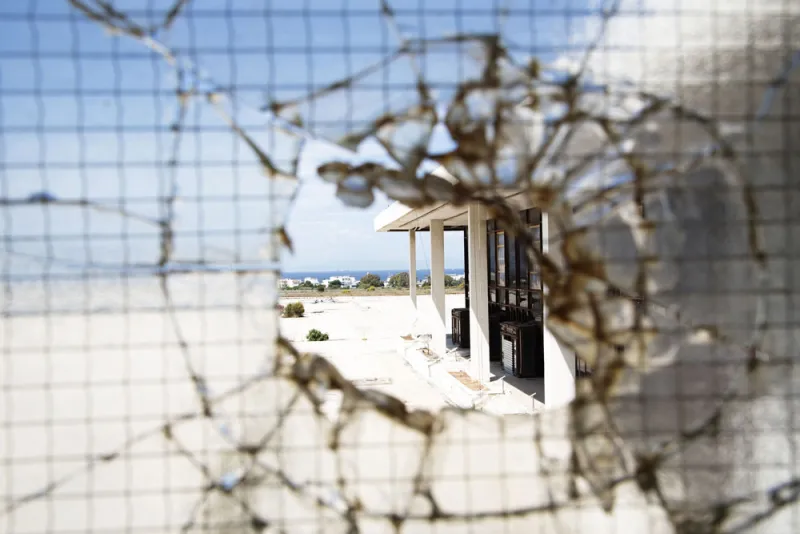The corporate bond market. Passive investments. Value stocks. Gold. What do they have in common? Over the past two years, experts have told Institutional Investor that each asset class is, if not dead, irreparably broken.
This isn’t a new practice in financial media. However, a new paper from Research Affiliates delves deeper into the practice, finding that “pundits, prognosticators, and even investment boards” are quick to declare an asset class or investment strategy broken based on backward-looking data.
“It’s called nowcasting,” said Amie Ko, vice president of product management at the firm. “You predict what will happen based on what happened in the past.”
But, according to the paper, written by Ko and Research Affiliates partner John West, in the five years following these “broken” declarations, the asset class at hand “roared back.”
According to Ko, the idea for the research came out of the summer of 2019, when both emerging markets and value investing were declared “broken” asset classes in the media.
“You call an asset class dead because you think its long-term returns are not sustainable,” Ko said by phone Friday.
Ko and West used an “anecdotal” sample size of “warning dates” spanning from August 1979 — when Business Week declared the death of equities — to July 2019, when the Financial Times questioned whether emerging markets investments make sense anymore. The asset classes analyzed included U.S. stocks, REITs, oil, small-cap value stocks, high-yield bonds, value stocks, and emerging markets stocks.
They then looked at how these asset classes performed in the three years prior to the declared death, their performance since inception, and their performance in the five years following the declaration.
They found that the returns were low, but not atypical, ahead of an asset class’s declared death. But in the five years that followed, these asset classes averaged a 12 percent per year return.
“Mean reversion is a powerful force,” Ko said. “It's unreliably reliable. You don’t know when it will kick in.”
[II Deep Dive: Value Investing Isn’t Dead Yet, Research Affiliates Argues]
West shared an anecdote from February 2000 in the paper that showed how this plays out in real-time. He was attending a board meeting of an $800 million pension fund. The fund’s asset allocation was out of compliance following the outperformance of growth stocks, which required a rebalance out of that asset class and into core bonds and small-cap value.
One board member was hesitant and shared that they believed small-cap value is a dead asset class. That, of course, was proven wrong when growth stocks tanked soon after, according to the paper.
“We think it’s important for investors to not get carried away by headlines,” Ko said by phone. “It's important to put returns in perspective.”







